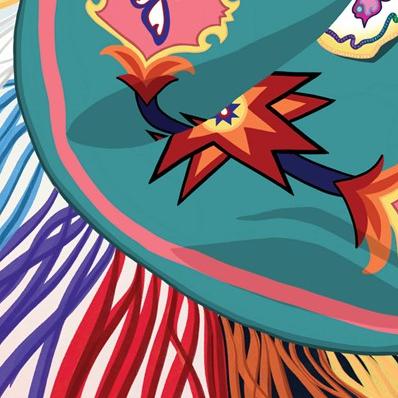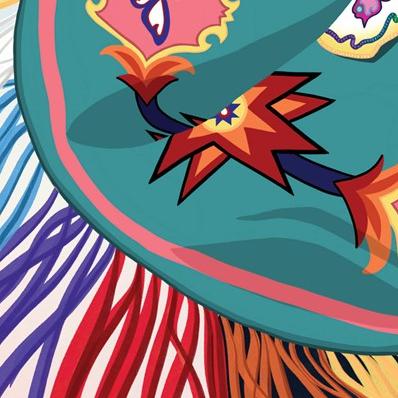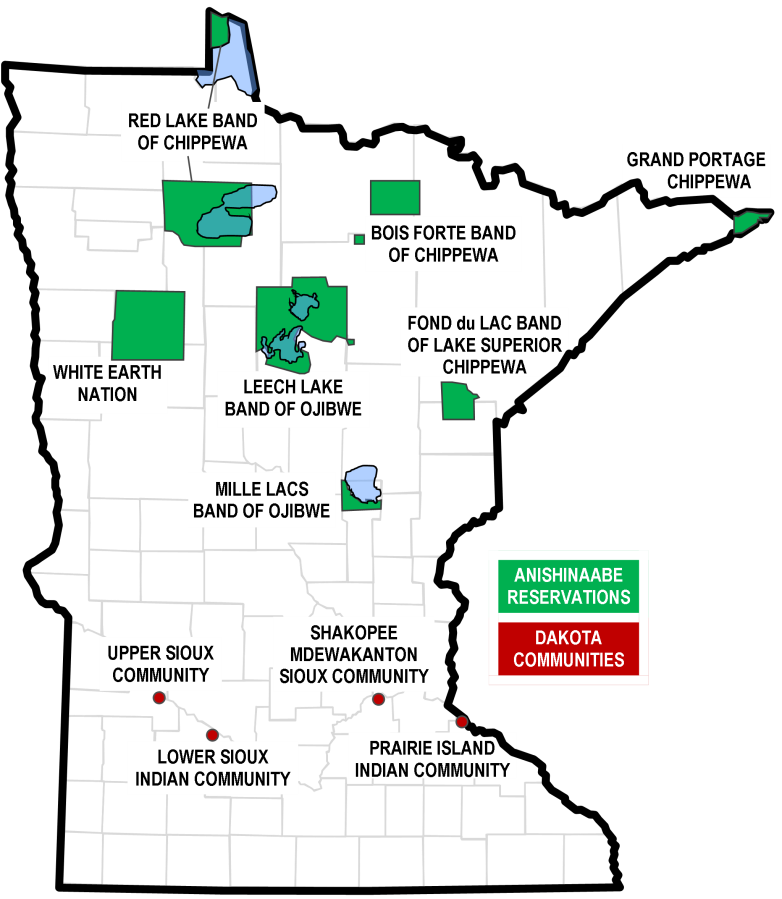Quick Summary
The Indigenous Representations newsletter is a collaboration between Fond du Lac Tribal and Community College, St. Cloud State University, the St. Kate’s Master of Library and Information Science program, the University of Minnesota Kerlan Collection, Birchbark Books, Minnesota State Library Services and the MDE Office of American Indian Education. This edition includes book and resource recommendations for use in the classroom or library.

black bears and blueberries publishing
This month, Indigenous Representations features Black Bears and Blueberries Publishing, a Native-owned and operated, non-profit press. Thomas Peacock, a member of the Fond du Lac Band of Lake Superior Ojibwe and Elizabeth Albert-Peacock, a member of Red Cliff Band of Lake Superior Ojibwe, are the proud owners and operators of Black Bears and Blueberries. They published their first two books in 2019 and have quickly grown with the goal of publishing around 4 titles a year. Black Bears and Blueberries was created to support Native authors and illustrators and to increase accessibility to children's books about Native people.
An Interview with Thomas Peacock
What is the importance of small presses? What are the benefits? What are the drawbacks?
We started our small publishing company to do small runs (1000-1500 copies) to a limited audience (Minnesota, Wisconsin, Dakotas, Michigan and parts of Canada) of schools, Native organizations, and independent bookstores. We limit the books to Native children's books. We operate out of our homes in Duluth and Bayfield, WI. Our books are printed locally (Duluth), with graphic design done locally as well. All these offer the advantages of targeting a small niche of people interested in Native children's books. The disadvantage is that our books will never be in large outlets (national chain bookstores, WalMart, etc.), so our books will never have a national audience.
Why did you start Black Bears and Blueberries? What is the mission?
There has always been a need for authentic Native children's books written by Native writers, and wherever possible, illustrated by Native artists. We decided to start BB&B to get books out into schools and bookstores. In the process, we've given Native authors an outlet to publish their work, and Native illustrators to get their art out there, as well make some income.
How did you start Black Bears and Blueberries?
We formed a Minnesota non-profit corporation as BB&B in 2017. Instead of pursuing a 501(c)3 tax exempt organization, we selected Springboard for the Arts as our fiscal sponsor for any grant applications. We published our first two books in 2019 (Rez Dog and Grasshopper Girl). We published five more in 2020. We are aiming at publishing 11 books this year, 2021.
How do you develop and select what books to publish?
When we first started we solicited book ideas using Twitter, Facebook and listservs of Native organizations. Individuals come to us with book ideas. Betsy and I as co-publishers read manuscripts we receive and make decisions on whether to publish or not. I tend to focus my decision on whether I feel the book will sell to our limited audience. Betsy focuses on the stories themselves. We've also received requests to publish books for organizations - Red Lake Schools contracted with us to produce three Ojibwe/English early reader books in 2020. In 2021 they are contracting with us for nine new books. The Native writer's group in the Twin Cities, along with Hennepin County Library, are contracting with us this year (2021) to publish an anthology of the group's work. An Ojibwe artist has contracted with us to publish an art book of his work (2021).
What is the future for Black Bears and Blueberries?
When we started BB&B, our hope was to get it on a solid base financially so it would be self-sustaining. We don't receive any income from our work. Revenue from sales goes to reprint, and develop new books. Our hope is to hand our business off to younger Native people. We hope someone steps up this year (2021).
book review
Takoza: Walks With the Blue Moon Girl, by Tara Perron
Follow Walks with the Blue Moon Girl, a young Dakota girl, as she spends time with her grandma. Through storytelling, her grandma teaches Takoza (Dakota for grandchild) about star quilts, caring for a garden, seeds, her ancestors, and the sacred circle of life. The powerful bond between a grandchild and her grandma is lovingly illustrated by Alicia Schwab. "When Tate (wind) whispers to the trees, they carry that prayer into their roots, inside grandmother earth. That is what creates the love inside each and every seed."
BB&B Publications:
- The Boy from Pickerel Lake, by Steve Barse
- Takoza: Walks With the Blue Moon Girl, by Tara Perron
- The Dancers, by Thomas Peacock
- Grasshopper Girl, by Teresa Peterson
- Rez Dog, by Heather Brink
- Animals of Kheya Wita, by Tara Perron
- Animals of Nimaamaa-aki, by Tara Perron
- Nenaboozhoo Steals Fire, by Dr. Giniwgiizhig and Niizhobines
- How the Boy and the Rabbit Helped Each Other, by Dr. Giniwgiizhig and Niizhobines
- When the Boy Was Made Into a Whirlwind, by Dr. Giniwgiizhig and Niizhobines
- Rabbit and Otter, by Liz Granholm
For more information about the Indigenous Representations newsletter, please feel free to contact Iyekiyapiwin Darlene St. Clair (dstclair@stcloudstate.edu), Nadine Teisberg (nadine@birchbarkbooks.com), or Hannah Buckland (Hannah.Buckland@state.mn.us).


